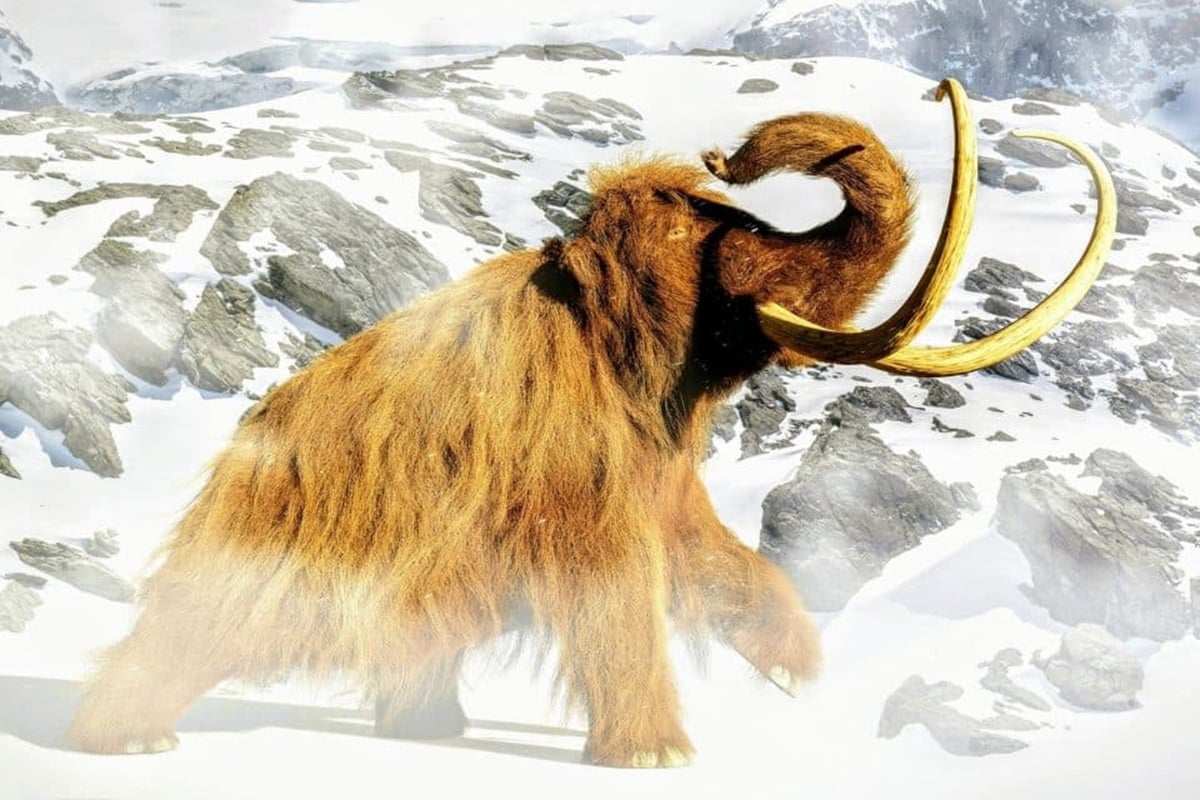The story of the woolly mammoth is one of resilience, adaptation, and ultimately, a tragic demise. Isolated on the remote Wrangel Island off the Siberian coast, a small population of these iconic Ice Age giants managed to survive long after their mainland counterparts had vanished. However, the genetic twist in their tale has now been revealed, shedding new light on the factors that contributed to their eventual extinction.

Approximately 10,000 years ago, as rising sea levels severed Wrangel Island from the mainland, a mere eight woolly mammoths found themselves stranded on this remote outpost. Defying the odds, this tiny population exploded in size, growing to as many as 300 individuals within just two generations. This remarkable feat of resilience challenged the long-held assumptions about the fate of small, isolated populations.
In a groundbreaking study, a team of researchers, led by evolutionary geneticist Love Dalén from the Center for Paleogenetics, a joint initiative of the Swedish Museum of Natural History and Stockholm University, conducted a comprehensive genomic analysis of these Wrangel Island mammoths. The findings of this study have upended the conventional wisdom surrounding the extinction of these magnificent creatures.
“We can now confidently reject the idea that the population was simply too small and that they were doomed to go extinct for genetic reasons,” Dalén explained. “This means it was probably just some random event that killed them off, and if that random event hadn’t happened, then we would still have mammoths today.”
The research, spearheaded by study lead author Marianne Dehasque, also a scientist at the Center for Paleogenetics, provides valuable insights not only into the extinction of woolly mammoths but also into the broader implications for modern-day conservation efforts.
“Mammoths are an excellent system for understanding the ongoing biodiversity crisis and what happens from a genetic point of view when a species goes through a population bottleneck because they mirror the fate of a lot of present-day populations,” Dehasque noted.
The team’s extensive genomic analyses of 21 woolly mammoths, including 14 from Wrangel Island and 7 from the mainland, spanning roughly 50,000 years of mammoth history, revealed a complex genetic journey. While the Wrangel Island mammoths did exhibit signs of inbreeding and reduced genetic diversity, this decrease was a gradual process, occurring over the 6,000 years they inhabited the island. Surprisingly, the population remained stable until their sudden disappearance.
“If an individual has an extremely harmful mutation, it’s basically not viable, so those mutations gradually disappeared from the population over time, but on the other hand, we see that the mammoths were accumulating mildly harmful mutations almost up until they went extinct,” Dehasque explained.
Leave a Reply